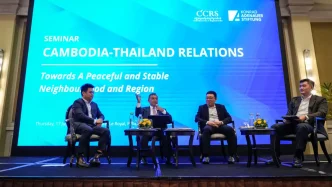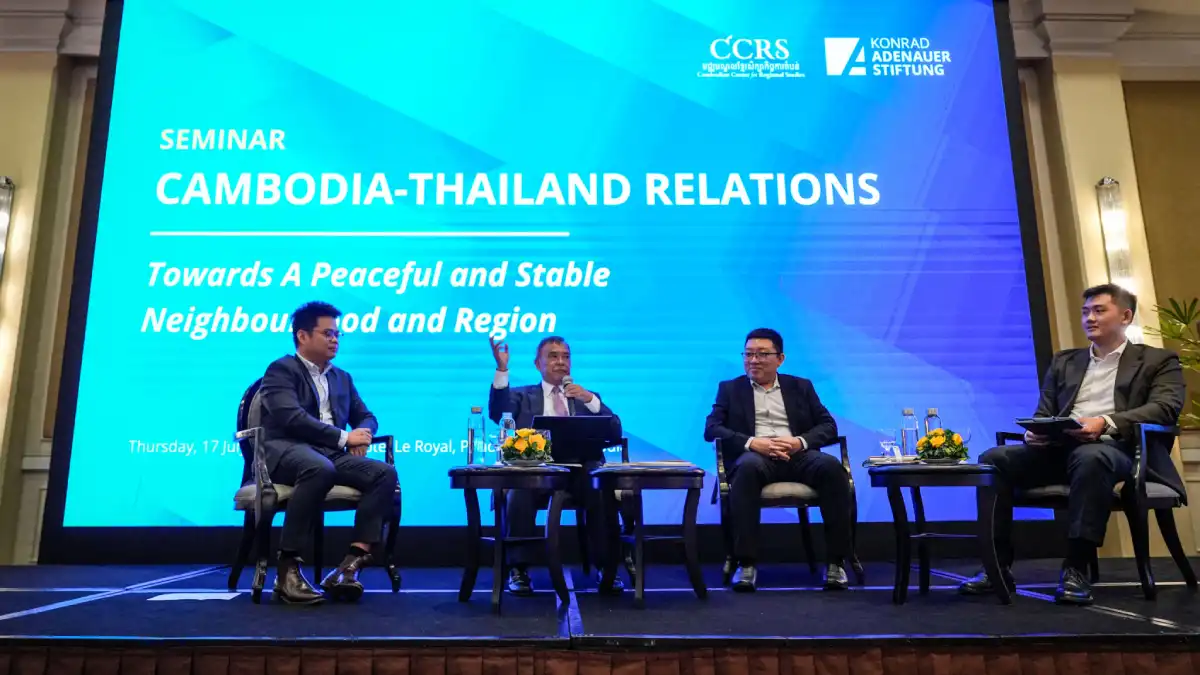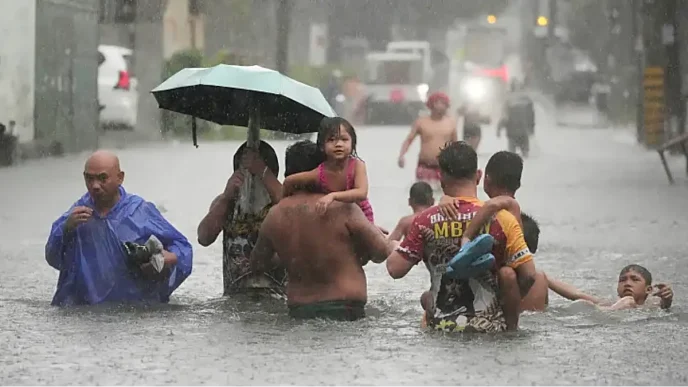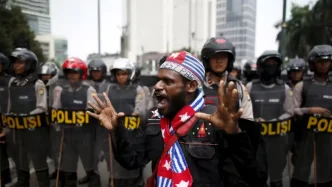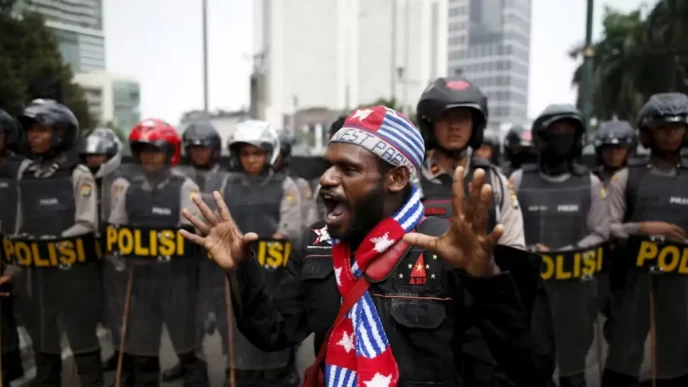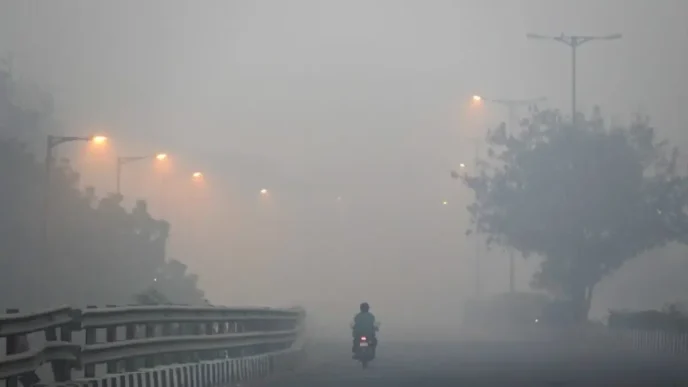Amidst rising tensions between Cambodia and Thailand following a deadly border clash in May, the Association of Southeast Asian Nations (ASEAN) finds itself grappling with the challenge of facilitating peace between two of its member states. The conflict, rooted in historical territorial disputes and exacerbated by a lack of trust, has placed ASEAN’s commitment to regional stability under intense scrutiny. While the organization has long championed peace, its principle of non-interference and the deep mistrust between the two nations limit its ability to act as an effective mediator. As both countries navigate economic fallout from border closures and the risk of further escalation, the question remains: can ASEAN carve out a meaningful role in de-escalating this volatile situation?
The Roots of Conflict and ASEAN’s Constraints
The Cambodia-Thailand border dispute, reignited by a violent clash on May 28, has deep historical underpinnings. Central to the conflict is the contested area surrounding Preah Vihear, a temple site where Cambodia’s sovereignty was reaffirmed by the International Court of Justice (ICJ) in 1962. However, the court’s ambiguity over the surrounding 4.6 square kilometers has fueled ongoing tensions, with both nations asserting territorial claims bolstered by rising domestic nationalism. The recent clash and subsequent border restrictions have not only heightened military sensitivities but also disrupted trade, placing economic pressure on border communities in both countries.
ASEAN, established to promote regional cooperation and stability, faces significant hurdles in addressing such bilateral disputes. Its core principle of non-interference in the internal affairs of member states restricts its ability to intervene unless explicitly invited by both parties. At a seminar in Phnom Penh on July 17 titled “Cambodia-Thailand Relations: Towards Peace and a Stable Neighbourhood and Region” experts underscored this limitation. Policy researcher Aun Chhengpor from Future Forum noted that ASEAN as an institution is unlikely to play a direct role but could still provide a platform for negotiation if both nations are willing to engage.
Adding to the complexity is the issue of trust within ASEAN itself. The current ASEAN secretary-general, Kao Kim Hourn, a Cambodian national, faces skepticism from Thailand, mirroring past challenges when Thai secretary-general Surin Pitsuwan was perceived as biased by Cambodia during heightened tensions in 2008. This recurring perception of partiality undermines ASEAN’s credibility as a neutral mediator, leaving its role in the current crisis uncertain.
Historical Precedents and Institutional Weaknesses
ASEAN’s track record in mediating bilateral conflicts offers little reassurance. The ASEAN Troika, an informal mediation body, has rarely succeeded in resolving disputes, with its only notable success during Cambodia’s internal conflict in 1997 when Prime Minister Hun Sen consented to its involvement. Pou Sothirak, a distinguished senior advisor at the Cambodian Center for Regional Studies (CCRS), highlighted this challenge during the Phnom Penh seminar, stating that without government cooperation, such mechanisms are rendered ineffective. He likened ASEAN to a parent attempting to mediate between a feuding couple who refuse to listen, illustrating the organization’s struggle to enforce dialogue.
Strategic consultant Po Sovinda echoed this sentiment, emphasizing that ASEAN’s involvement hinges on formal requests from both Cambodia and Thailand—requests that have yet to materialize. He pointed out that while the ASEAN chair can encourage dialogue, the absence of political will from both sides stifles progress. Sovinda also expressed skepticism about ASEAN’s credibility in managing the conflict, suggesting that alternative international actors, such as Japan, might be better positioned to mediate given the trust both nations place in Tokyo as a neutral party.
A Platform for Diplomacy or a Bystander?
Despite its limitations, ASEAN retains potential as a diplomatic platform for de-escalating tensions. Sothirak advocated for ASEAN to facilitate private diplomacy, creating a space for discreet discussions away from public scrutiny. Such behind-the-scenes efforts, he argued, could prevent the inflaming of tensions that often accompanies public mediation attempts. Chhengpor similarly suggested that ASEAN’s influence might be more effective in an unofficial capacity, acting as a venue for dialogue rather than a direct intervenor. He noted the recent absence of military escalation as a positive sign but cautioned that economic challenges from border closures continue to strain relations.
The role of the ASEAN chair has also come into focus amidst these discussions. Malaysian Prime Minister Anwar Ibrahim, the current chair, held separate phone conversations on June 6 with Cambodian Prime Minister Hun Manet and Thai Prime Minister Paetongtarn Shinawatra, urging restraint and a peaceful resolution. Anwar expressed Malaysia’s readiness to facilitate dialogue and commended both leaders for their commitment to addressing the issue through diplomatic channels. However, the subsequent suspension of Paetongtarn following a leaked conversation with Cambodian Senate president Hun Sen has added a layer of political complexity to the situation, potentially hindering progress.
Bilateral Efforts and the Path to De-escalation
While ASEAN’s role remains uncertain, bilateral efforts between Cambodia and Thailand are seen as critical to resolving the crisis. Hun Manet’s call for the unconditional reopening of the border has been viewed as a step toward easing economic pressures and creating space for dialogue. Sovinda supported this move, noting that reopening the border could alleviate immediate tensions, though he stressed the need for both governments to foster an environment conducive to negotiations. Sothirak added that addressing the military presence along the border is equally vital, as continued militarization complicates diplomatic solutions.
Nationalism on both sides further complicates the path forward. Sovinda highlighted how colonial-era treaties and historical legacies continue to influence the dispute, with domestic political pressures in both countries amplifying territorial claims. This dynamic makes compromise challenging, as leaders face the risk of domestic backlash for perceived concessions. The economic fallout from border restrictions, however, may serve as a catalyst for dialogue, as both nations grapple with the impact on trade and local livelihoods.
International Dimensions and Future Prospects
Beyond ASEAN, international mechanisms and actors could play a pivotal role in resolving the dispute. Cambodia has signaled its intent to refer certain contested areas to the ICJ for a permanent solution, a move that could provide legal clarity but risks prolonging tensions if either side rejects the ruling. Sovinda reiterated the importance of political will, stating that no mechanism—whether bilateral, multilateral, or judicial—can succeed without mutual commitment to peace. His suggestion of involving Japan as a trusted mediator reflects a broader recognition that ASEAN alone may not suffice in breaking the deadlock.
Sothirak emphasized that diplomacy is not about immediate solutions but about creating space for dialogue. He urged both Cambodia and Thailand to prioritize de-escalation, reduce inflammatory rhetoric, and commit to peaceful conflict resolution. The shared economic and security interests of the two nations, he argued, should outweigh historical grievances, providing a foundation for renewed engagement.
Looking Ahead: A Fragile Balance
As Cambodia and Thailand navigate this latest chapter of their border dispute, ASEAN’s role remains constrained by its own principles and the trust deficit between member states. While the organization can offer a platform for dialogue and facilitate discreet diplomacy, its effectiveness depends on the willingness of both nations to engage. The involvement of the ASEAN chair and potential international mediators like Japan may provide additional avenues for resolution, but the burden ultimately lies with Phnom Penh and Bangkok to prioritize peace over posturing.
With economic pressures mounting and the risk of further escalation looming, the coming months will test whether diplomacy can prevail over entrenched rivalries. For ASEAN, the Cambodia-Thailand conflict is not just a bilateral issue but a litmus test for its relevance in managing regional disputes. As efforts to de-escalate continue, the region watches closely, hopeful for a resolution that reinforces stability in Southeast Asia.

